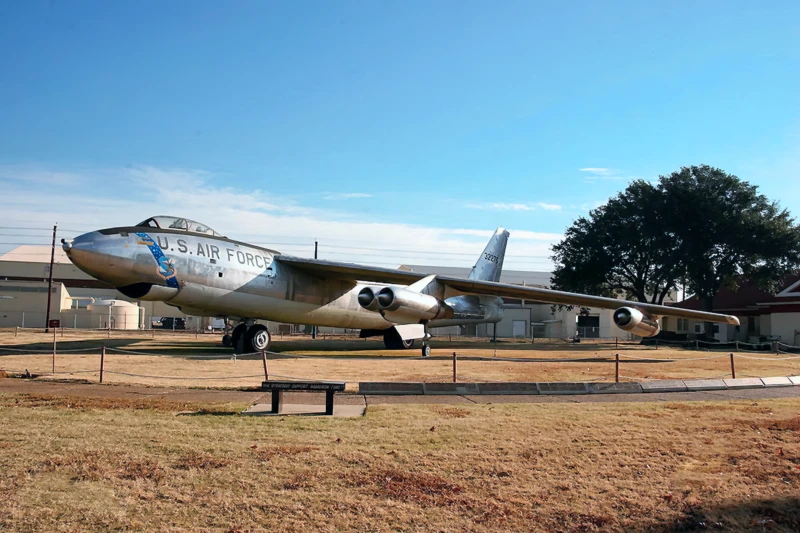
B-47 ストラトジェット | |
|---|---|
| 国 | 米国 |
| 型 | 長距離爆撃機 |
| 紹介 | 1951年6月 |
| 構築 | 2032 |
ザ ボーイング450 B-47ストラトジェット 高い亜音速と高高度で飛行するために構築された長距離、6エンジン、ジェット動力中爆撃機でした。それは主にソ連に核爆弾を投下するように設計されました。そのエンジンは掃引翼の下のポッドで運ばれ、B-47は第二次世界大戦後の戦闘ジェット機の設計の主要な革新であり、現代のジェット旅客機につながるのを助けた。
ソース: B-47E ストラトジェット オン ウィキペディア
| B-47E ストラトジェット | |
|---|---|
| カメラマン | 知りません |
| ローカライズ | 知りません |
| 写真 | 55 |
| ボーイングB-47ストラトジェットウォークアラウンド | |
|---|---|
| カメラマン | セス・ヘンドリックス |
| ローカライズ | 知りません |
| 写真 | 97 |
| EB-47E Stratojet Walk Around | |
|---|---|
| カメラマン | Fotios Rouch |
| ローカライズ | 知りません |
| 写真 | 60 |
| WB-47E Stratojet Walk Around | |
|---|---|
| カメラマン | Michael Benolkin |
| ローカライズ | 知りません |
| 写真 | 40 |
関連項目:
| B-47B Stratojet Walk Around | |
|---|---|
| カメラマン | Donald Lemas |
| ローカライズ | 知りません |
| 写真 | 33 |
The **Boeing B-47 Stratojet** was a pivotal American strategic bomber that served as the backbone of the U.S. Air Force Strategic Air Command (SAC) during the Cold War era of the 1950s. It was a revolutionary aircraft that set the standard for modern jet design by introducing several key features to large aircraft.
Design Innovations
Swept Wing Configuration
The B-47 was the first large aircraft to feature highly **swept wings** (35 degrees). This design was crucial for achieving high subsonic speeds and avoiding the excessive drag associated with straight wings near the sound barrier. The wings were thin and highly flexible.
Pod-Mounted Engines
The aircraft utilized **six turbojet engines** mounted in streamlined pods beneath the wings (two twin pods inboard and two single pods outboard). This configuration reduced structural weight, lessened wing flutter, and became the blueprint for virtually all subsequent jet aircraft, including commercial airliners.
Bicycle Landing Gear
Due to the thin wing structure, which couldn’t accommodate main gear, the B-47 used a “bicycle” arrangement: two sets of main wheels in tandem along the fuselage centerline, supplemented by small **outrigger wheels** that retracted into the inboard engine pods.
Primary Role and Service
The Stratojet was designed as a high-altitude, high-speed nuclear bomber, intended to penetrate Soviet airspace faster than interceptors could react. Over 2,000 units were manufactured.
- 役割: Medium-range **nuclear deterrent** for the United States during the 1950s.
- Performance Quirk: Early jet engines required additional thrust for takeoff when fully loaded; consequently, B-47s often carried JATO (Jet-Assisted Take-Off) rockets.
- Landing Quirk: Its sleek, aerodynamically clean design meant it struggled to slow down for landing, requiring the use of a **drogue parachute** to increase drag.
- バリアント: Beyond its bomber role, the aircraft was adapted for critical **reconnaissance** missions (RB-47), electronic intelligence (ELINT), and weather reconnaissance (WB-47).
- Legacy: Although its bomber role ended by the mid-1960s (replaced by the B-52), the B-47 is remembered as the aircraft that bridged the gap between propeller-driven bombers and the modern jet age, influencing all subsequent large jet aircraft design.
Views : 12355


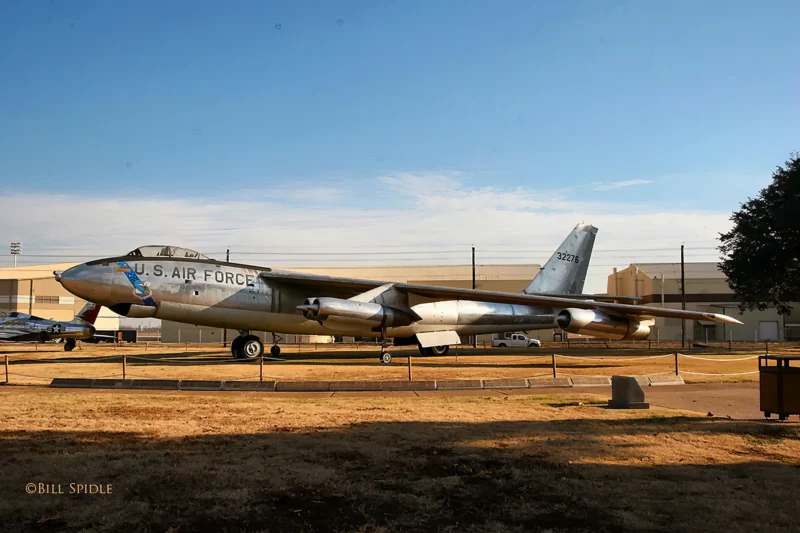
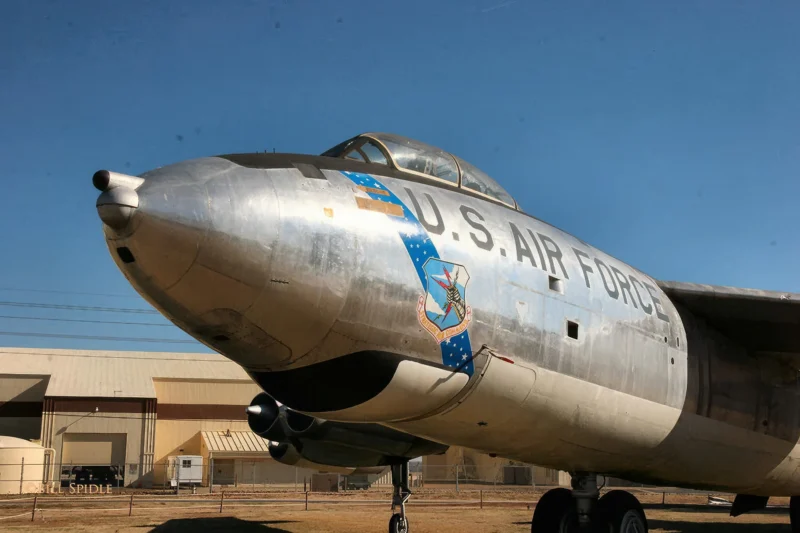
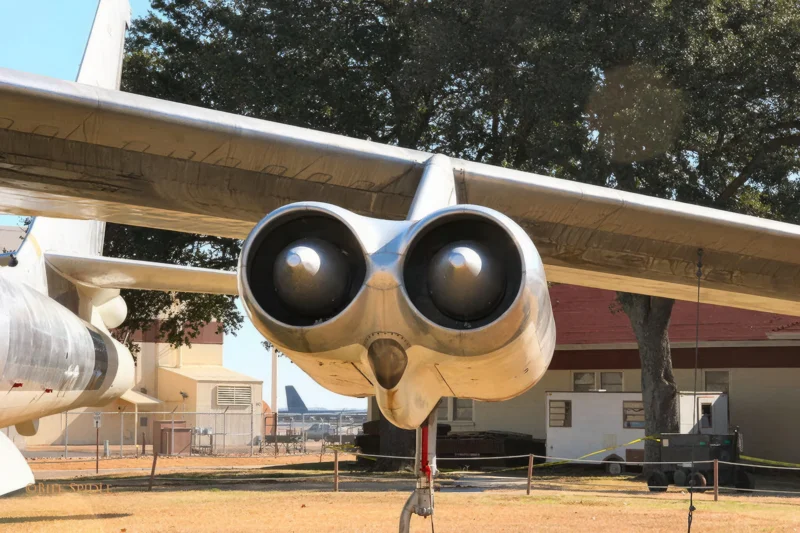
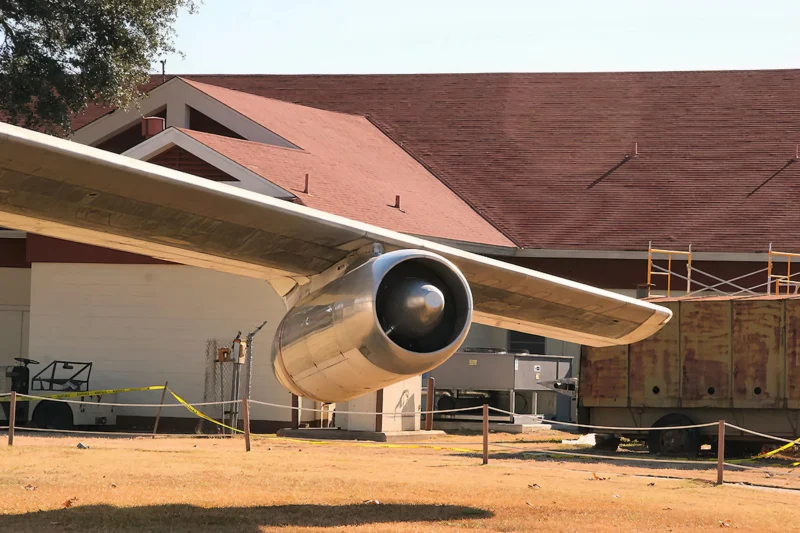
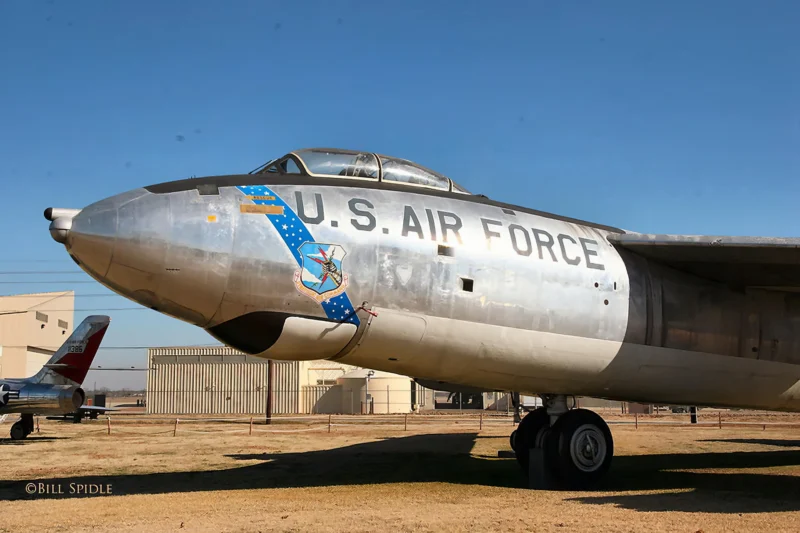
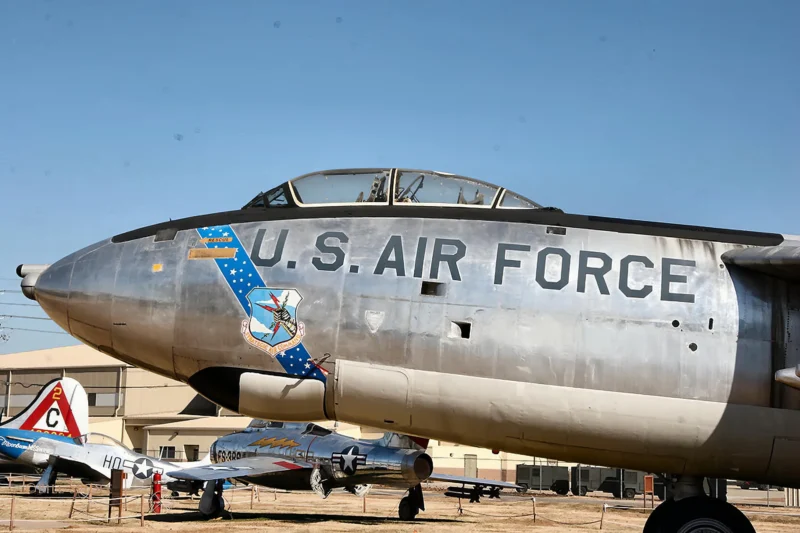
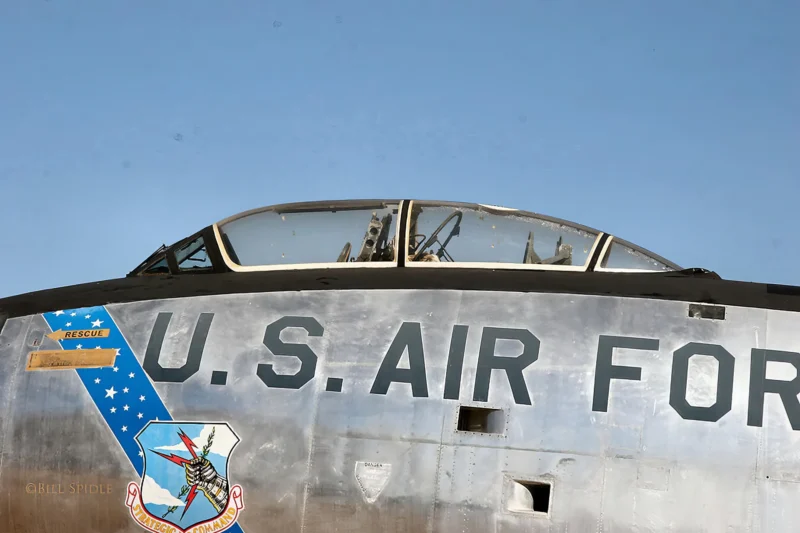


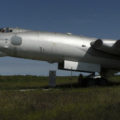
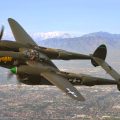
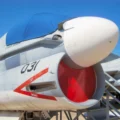
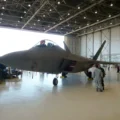
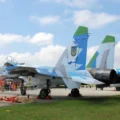
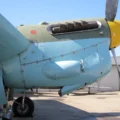


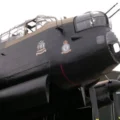
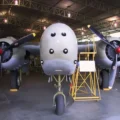
空軍は1960/1970年代にB47を気象プラットフォームとして使用しました。西海岸では、彼らはマクレレン空軍基地から活動しました。